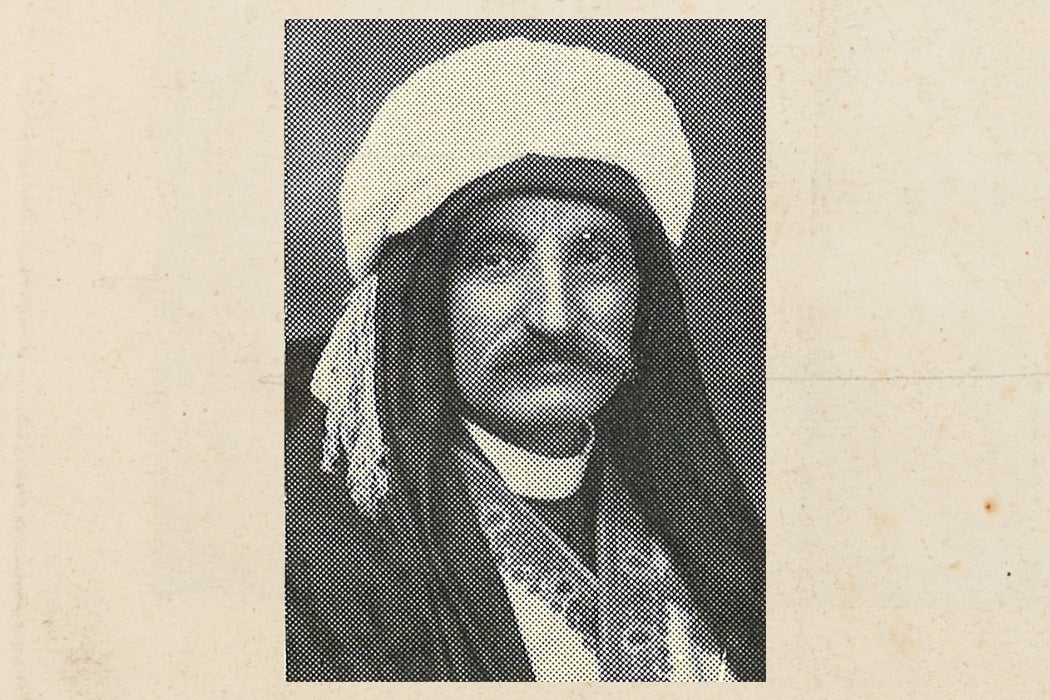For decades, Jilwaye men from the mountainous border of the Ottoman and Persian empires travelled the world, fleecing their fellow Christians. Tracing the surprising transnational “opportunities and limits of globalization” available to the men of Mar Zeya, scholar Andrew MacDonald argues they had “global ambitions to a degree probably unmatched in the historical record.” They saw their opportunities and took ‘em, as a “global, multi-generational and wildly profitable kin-based fraternity of Assyrian ‘charity collectors’ known at home as Hacaqoge, or the ‘Thieves of the Cross.’ Between the 1850s and 1940s, the Thieves worked a collection circuit of at least five hundred towns in eighty countries, their travels fueled by the hopes and fears of evangelical Christians.”
MacDonald focuses on the varied career of the “Reverend Doctor” Marcus Gilliyana Daniel, who was born in 1870 into an East Syriac Christian clan in Mar Zeya in Jilu, now in southeastern Turkey. Daniel was, or claimed to be, a translator, medical student, schoolmaster, “captain of brigands,” archdeacon, Kurdish duke, secret agent, labor recruiter, bigamist, proto-feminist, global beggar, and “international tourist lecturer.” He ran his cons across Eurasia, the United States, South Africa, and many places in between, until his death in 1950.
In the late 1930s, the excommunicated Daniel reinvented himself as a “Revealer of Corruptions.” In one well-reported case in April, 1936, he led a phalanx of New York City detectives to the pulpit of his former ally, “Reverend” Emmanuel Awdisho, at St. Andrew’s Episcopal Church. Daniel charged Awdisho with theft, but then skipped town before revealing his evidence. Awdisho, who had worked with Daniel in South Africa, turned out to be known to Scotland Yard as a bogus cleric and confidence man, and would later be deported from the U.S.
The Thieves of the Cross “travelled with ingeniously devised begging letters, enflamed with anti-Muslim rhetoric that made dupes of pious churchgoers and international border officials.” They sold a “jingoistic brand of evangelical Protestantism, aggressively set against Islam, Bolshevism and anti-colonial nationalism” to enrich themselves.
MacDonald argues that these transnational figures don’t at all fit into models of globalization and capitalism. They weren’t any kind of elites, or migrant laborers, or middle-class managers. The Thieves “subsisted—indeed profited—not by selling their labor or trading in goods, but rather by exploiting charity-givers in a lucrative gift economy that survived—indeed flourished—as market capitalism was born.”
What they did do was exploit the global Christian missionary system, which grew enormously as a response to the widespread secularization of the nineteenth century. Transnational “gift capital” —“donations, loans, concessions, and exemptions”—flowed freely in the missionary economy, presenting ample opportunities for scams for those who spoke the right language. (And the Thieves spoke Neo-Aramaic, a modern version of the language Jesus is assumed to have spoken.)
The Mar Zeya community was of the Church of the East, Nestorian Christians, who were considered heretical by Western Christians. Protestant missionaries started arriving in the borderlands between what is now Turkey and Iran in the 1830s. M.G. Daniel actually attended an American Mission School starting in 1888, and would make some of his first legitimate wages translating the New Testament into Kurdish.
Daniel grew up in a context of the Ottoman empire’s “reverence for mendicants” and the even older Nestorian tradition of long-distance evangelizing, patronage, and gift-giving. There was also a local verse tradition that celebrated itinerant trickster-preachers, a tradition tailor-made for Daniel.
Weekly Newsletter
As early as the 1830s, the British and Foreign Bible Society warned against such “illiterate collectors” who were using an introductory letter from a Jesuit priest who had been dead for ten years. In the 1860s, two more of the co-fraternity were feted by the London press and invited to the six-thousand seat Metropolitan Tabernacle. They returned home with happy tales of British congregations’ benevolence, a benevolence matched around the globe.
Daniel and others would milk this gravy train until old age, stricter border controls, international police cooperation, and enmity from Assyrian nationalists coalesced to shut them down. In other forms, however, the religious grift remains evergreen.
Support JSTOR Daily! Join our new membership program on Patreon today.







